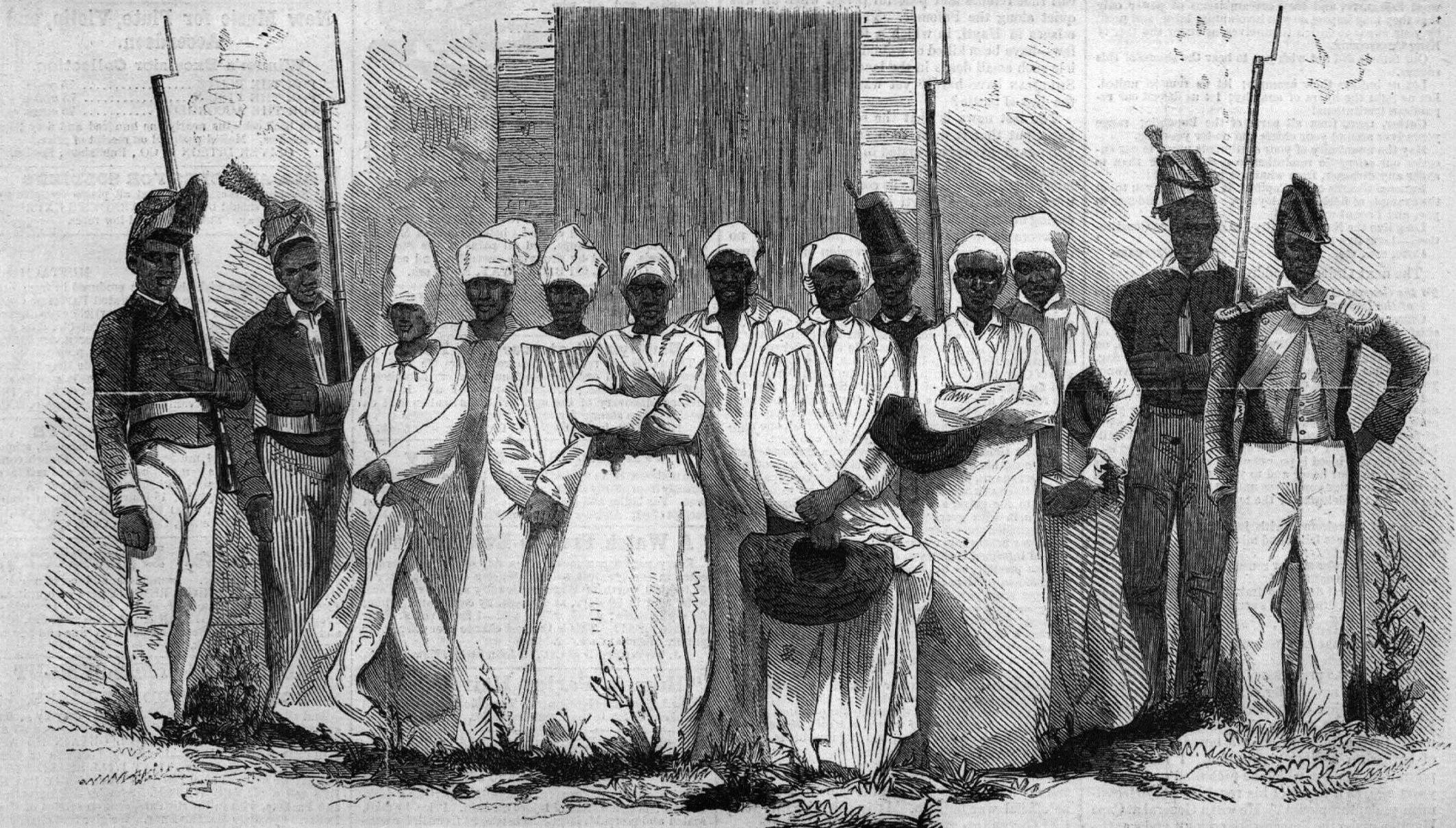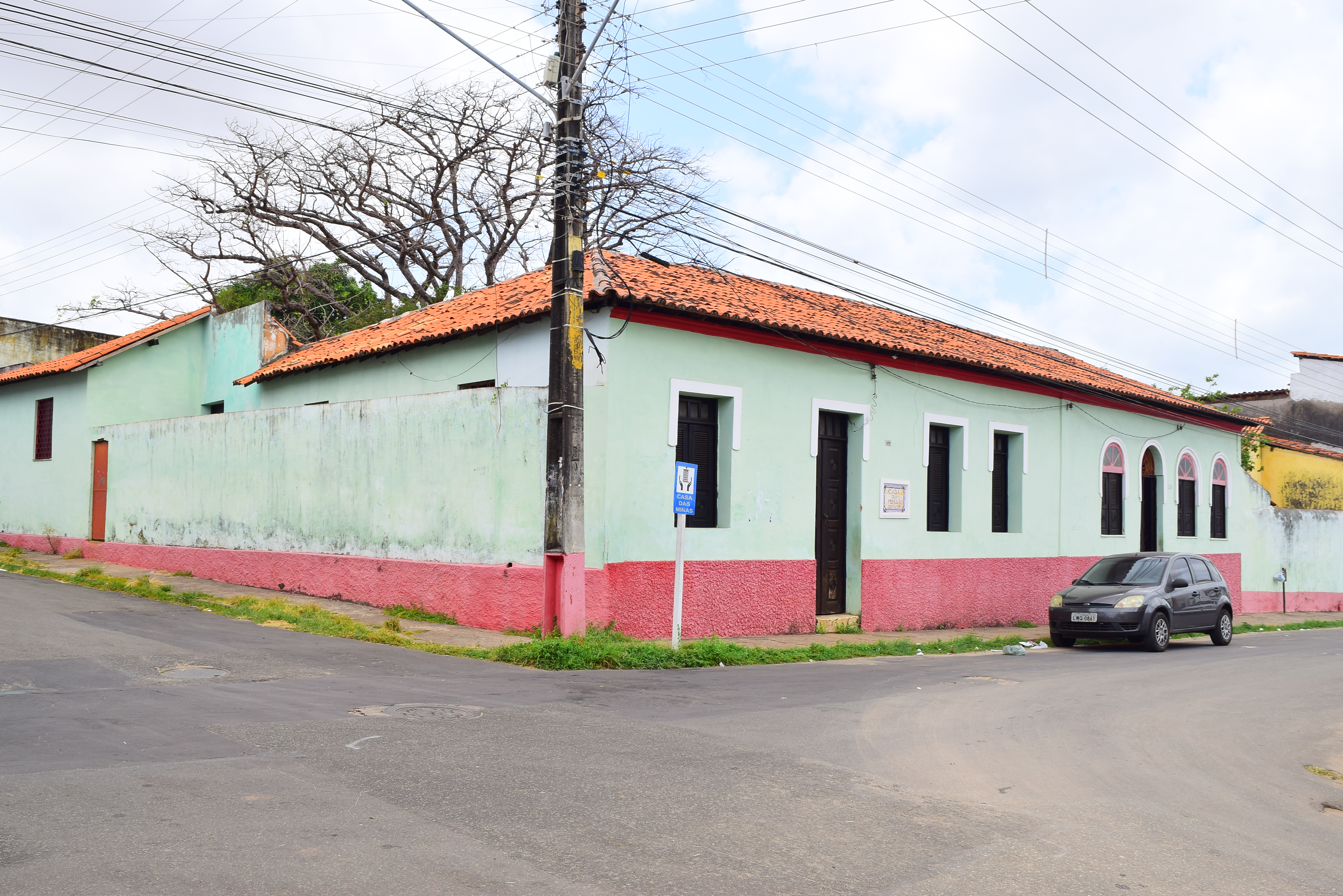|
Candomblé Jejé
Candomblé Jejé, also known as Brazilian Vodum, is one of the major branches (''nations'') of Candomblé. It has roots in the beliefs of the Adja, Fon and Ewe peoples from what H.B. Capo called the " Gbe speaking area", which today is around southeastern Ghana, southern Togo, southern Benin, and the southwestern fringe of Nigeria.pg 14 Parés, (2013) (of the portuguese language edition) Historically this area was known as the Slave Coast of West Africa. Voduns Jejé spirits are called ''Voduns'' (sing. ''Vodum''). According to tradition, they were introduced into the Kingdom of Dahomey from nearby lands by its founder King Adja-Tado, on the advice of a ''bokono'' (seer). Their cult was reorganized and uniformized by King Agajah in the 18th century. Jejé Vodums are sometimes worshiped in houses of other nations by different names. For instance, the Vodum Dan or Bessen is called Oxumarê in Candomblé Ketu. Conversely, the Ketu Orixás may be worshiped in Jejé houses, ... [...More Info...] [...Related Items...] OR: [Wikipedia] [Google] [Baidu] |
Candomblé
Candomblé () is an African diaspora religions, African diasporic religion that developed in Brazil during the 19th century. It arose through a process of syncretism between several of the traditional religions of West and Central Africa, especially those of Yoruba religion, the Yoruba, Bantu mythology, Bantu, and Gbe languages, Gbe, coupled with influences from Roman Catholicism. There is no central authority in control of Candomblé, which is organized around autonomous ''terreiros'' (houses). Candomblé venerates spirits, known varyingly as ''Orisha, orixás'', ''inkice'', or ''vodun'', which are deemed subservient to a transcendent creator god, Olorun, Oludumaré. Deriving their names and attributes from traditional West African deities, the ''orixás'' are linked with Roman Catholic saints. Each individual is believed to have a tutelary ''orixá'' who has been connected to them since before birth and who informs their personality. An initiatory tradition, Candomblé's member ... [...More Info...] [...Related Items...] OR: [Wikipedia] [Google] [Baidu] |
Aja People
The Aja or Adja are an ethnic group native to south-western Benin and south-eastern Togo. According to oral tradition, the Aja migrated to southern Benin in the 12th or 13th century from Tado on the Mono River, and , three brothers, Kokpon, Do-Aklin, and Te-Agbanlin, split the ruling of the region then occupied by the Aja amongst themselves: Kokpon took the capital city of Great Ardra, reigning over the Allada kingdom; Do-Aklin founded Abomey, which would become capital of the Kingdom of Dahomey; and Te-Agbanlin founded Little Ardra, also known as Ajatche, later called Porto Novo (literally, "New Port") by Portuguese traders and the current capital city of Benin. History Those Aja living in Abomey mingled with the local people, thus creating a new people known as the Fon, or "Dahomey" ethnic group. This group is now the largest in Benin. Another source claims the Aja were the rulers of Dahomey (Benin) until 1893, when the French conquered them. Currently, there are approxi ... [...More Info...] [...Related Items...] OR: [Wikipedia] [Google] [Baidu] |
Fon People
The Fon people, also called Dahomeans, Fon nu, Agadja and historically called Jeji (Djedji) by the Yoruba in the South American diaspora and in colonial French literature are a Gbe ethnic group.Fon people Encyclopædia Britannica, undated, 1.7 million population, Retrieved June 29, 2019 They are the largest ethnic group in Benin, found particularly in its south region; they are also found in southwest and Togo. Their total population is estimated to be about 3,500,000 people, and they speak the [...More Info...] [...Related Items...] OR: [Wikipedia] [Google] [Baidu] |
Ewe People
The Ewe people (; , lit. "Ewe people"; or ''Mono Kple Amu (Volta) Tɔ́sisiwo Dome'', lit. "Between the Rivers Mono and Volta"; ''Eʋenyígbá'' Eweland) are a Gbe languages, Gbe-speaking ethnic group. The largest population of Ewe people is in Ghana (6.0 million), and the second largest population is in Togo (3.1 million). They speak the Ewe language () which belongs to the Gbe languages, Gbe family of languages. They are related to other speakers of Gbe languages such as the Fon people, Fon, Gen language, Gen, Phla–Pherá languages, Phla/Phera, Ogu people, Ogu/Gun, Fon language, Maxi (Mahi), and the Aja people of Togo and Benin. Demographics Ewe people are located primarily in the coastal regions of West Africa: in the region south and east of the Volta River to around the Mono River at the border of Togo and Benin; and in the southwestern part of Nigeria (close to the Atlantic Ocean, stretching from the Nigeria and Benin border to Epe). They are primarily found in the Volta ... [...More Info...] [...Related Items...] OR: [Wikipedia] [Google] [Baidu] |
Gbe Languages
The Gbe languages (pronounced ) form a cluster of about twenty related languages stretching across the area between eastern Ghana and western Nigeria. The total number of speakers of Gbe languages is between four and eight million. The most widely spoken Gbe language is Ewe (10.3 million speakers in Ghana and Togo), followed by Fon (5 million, mainly in Benin). The Gbe languages were traditionally placed in the Kwa branch of the Niger–Congo languages, but more recently have been classified as Volta–Niger languages. They include five major dialect clusters: Ewe, Fon, Aja, Gen (Mina), and Phla–Pherá. Most of the Gbe peoples came from the east to their present dwelling-places in several migrations between the tenth and the fifteenth century. Some of the Phla–Pherá peoples however are thought to be the original inhabitants of the area who have intermingled with the Gbe immigrants, and the Gen people probably originate from the Ga-Adangbe people in Ghana. In the lat ... [...More Info...] [...Related Items...] OR: [Wikipedia] [Google] [Baidu] |
Slave Coast Of West Africa
The Slave Coast is a historical region along the Atlantic coast of West Africa, encompassing parts of modern-day Togo Togo, officially the Togolese Republic, is a country in West Africa. It is bordered by Ghana to Ghana–Togo border, the west, Benin to Benin–Togo border, the east and Burkina Faso to Burkina Faso–Togo border, the north. It is one of the le ..., Benin, and Nigeria. It is located along the Bight of Biafra and the Bight of Benin that is located between the Volta River and the Lagos Lagoon. The name is derived from the region's history as a major source of African people sold into slavery during the Atlantic slave trade from the early 16th century to the late 19th century. During this time, this coastal area became a major hub for the export of enslaved Africans to the Americas. European powers, including the Portuguese, British, Dutch, Danish, and French, established forts and trading posts in the region to facilitate the slave trade. The area was so name ... [...More Info...] [...Related Items...] OR: [Wikipedia] [Google] [Baidu] |
Kingdom Of Dahomey
The Kingdom of Dahomey () was a West African kingdom located within present-day Benin that existed from approximately 1600 until 1904. It developed on the Abomey Plateau amongst the Fon people in the early 17th century and became a regional power in the 18th century by expanding south to conquer key cities like Whydah belonging to the Kingdom of Whydah on the Atlantic coast which granted it unhindered access to the tricontinental Atlantic Slave Trade. For much of the middle 19th century, the Kingdom of Dahomey became a key regional state, after eventually ending tributary status to the Oyo Empire. European visitors extensively documented the kingdom, and it became one of the most familiar African nations known to Europeans. The Kingdom of Dahomey was an important regional power that had an organized domestic economy built on conquest and slave labor, significant international trade and diplomatic relations with Europeans, a centralized administration, taxation systems, ... [...More Info...] [...Related Items...] OR: [Wikipedia] [Google] [Baidu] |
Candomblé Ketu
Candomblé Ketu (or Queto in Portuguese) is the largest and most influential branch (''nation'') of Candomblé, a religion practiced primarily in Brazil. The word Candomblé means "ritual dancing or gather in honor of gods" and Ketu is the name of the Ketu region of Benin. Its liturgical language, known as ''yorubá'' or ''Nagô'', is a dialect of Yoruba. Candomblé Ketu developed in the early 19th century and gained great importance to Brazilian heritage in the 20th century. History ''Queto'' is a system of beliefs that merges the Yoruba mythology (brought to the New World by Yoruba slaves) with different influences of other African Communities within Brazil, especially Bahia, where the Ala-Queto Nation is most prevalent. Queto developed in the Portuguese Empire. Yoruba slaves carried with them various religious customs, including a trance and divination system for communicating with their ancestors and spirits, animal sacrifice, and sacred drumming and dance. The religi ... [...More Info...] [...Related Items...] OR: [Wikipedia] [Google] [Baidu] |
Tambor De Mina
Tambor de Mina is an Afro-Brazilian religious tradition, practiced mainly in the Brazilian states of Maranhão, Piauí, Pará and the Amazon rainforest. Terminology ''Tambor'' means drum in Portuguese, and refers to the importance of the rhythmic element to worship. ''Mina'' derives from the name São Jorge da Mina, now also known as Elmina Castle, and refers to a designation given to African slaves, although the name did not necessarily refer to slaves who had passed through the fortress/port of São Jorge da Mina itself, but rather to "different ethnicities over time and place". For example, 'Mina-Popo' was often the designation for people from Little Popo, originally Akan speakers who had migrated from west of the Volta River, and "Mina-Nago" and "Mina-Congo" were other designations sometimes found in Brazil. History Slavery in Maranhão was concentrated in the Itapecuru Valley, the Baixada Maranhense, and São Luís, which is the capital of the Brazilian state of M ... [...More Info...] [...Related Items...] OR: [Wikipedia] [Google] [Baidu] |
Dahomean Religion
The Dahomean religion was practiced by the Fon people of the Dahomey Kingdom. The kingdom existed until 1898 in what is now the country of Benin. People taken from Dahomey to the Caribbean used elements of the religion to form Haitian Vodou and other African diasporic religions. See also * West African Vodun West is one of the four cardinal directions or points of the compass. It is the opposite direction from east and is the direction in which the Sun sets on the Earth. Etymology The word "west" is a Germanic word passed into some Romance langu ... References External links Vodoun Culture Haitian Vodoun as chronicled by native Haitians Baba Alawoye.comBaba'Awo Awoyinfa Ifaloju, showcasing Ifa using web media 2.0 (blogs, podcasting, video and photocasting) Traditional African religions {{Traditional-African-religions-stub ... [...More Info...] [...Related Items...] OR: [Wikipedia] [Google] [Baidu] |




